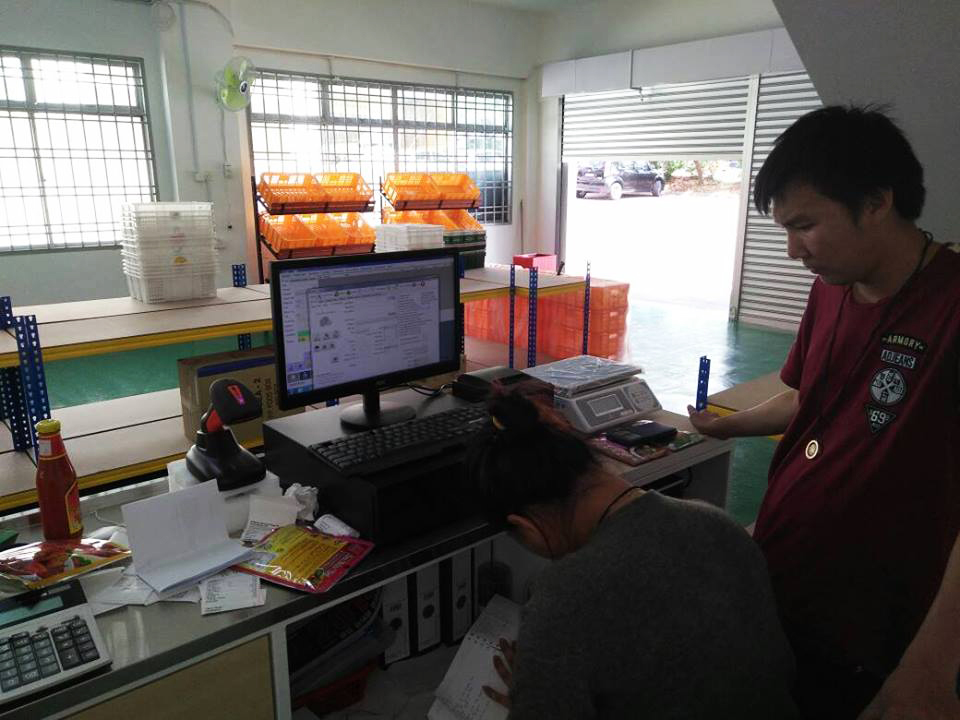
Increasing the level of protection of workers from occupational risks in the course of their labor activity is one of the main activities of all occupational safety specialists, and reducing occupational injuries and occupational diseases remains the most important task of all levels of occupational safety and health management from any point of view – humanitarian, social and economic, personal, corporate and public.
Top Bits of Advice to Avoid Employee Overload
Determining the ideal value proved to be a very difficult task. If the maximum number of connections is too low, the load balancer can reject redundant requests as the number of connections increases, even if the service is running low on resources. If set too high, servers can slow down and crash. Setting the maximum number of connections for a given workload as optimal can change the performance of dependencies or the workload itself. In this case, the values will again become incorrect, leading to shutdowns and overloads that could have been avoided.
1. Passive situation.
In a hazardous situation, an employee is exposed to one or more hazards.
2. Exposure to danger.
Exposure to a hazard implies that an employee is exposed to a hazard and becomes exposed to its effects.
3. Risk.
Risk is a combination of the likelihood of harm caused by a hazard and the possible magnitude of that harm. Risk is a measure of the hazard.
4. Security.
Safety defines the confidence that existing hazards will not cause harm. A workplace can be considered safe if the risks arising from it are identified and assessed in advance.
5. Risk assessment.
Risk assessment consists of comprehensive and systematic identification of hazards and determination of the magnitude of risks. The overall goal of risk assessment is to improve the level of occupational safety.
6. Management of risks.
Risk management is the systematic work of preventing the deterioration of working conditions in the workplace and ensuring the well-being of employees. Risk management includes all measures taken to reduce and eliminate risks. As additional functionality, HWiNFO provides monitoring tools for the current state/parameters of all the main computing components of the computer.
Anatomy of Overloaded Employees
Amazon systems use predictive scaling to avoid congestion. However, the protection of systems must be multi-layered. It starts with automatic scaling and includes mechanisms for safely shedding excess load and, most importantly, continuous testing.
Load testing of our services has shown that server latency at low load is lower than at high load. Under heavy load, problems such as thread conflicts, context changes, deletion of unnecessary data, and I/O conflicts are more acute. Over time, a tipping point comes, after which service performance begins to decline even faster.
Unfortunately, bandwidth is not only limited by system resources, but it often drops when the system is overloaded. When the load on the system exceeds the capacity of its resources, it slows down. Computers accept tasks even when they are overloaded, but they spend more and more time switching contexts. They get too slow to be useful.
In a distributed system where the client interacts with the server, this usually causes the client to lose patience after a while and stop waiting for the server’s response. The length of this period is called the waiting time. When server overload reaches its maximum and latency exceeds the client timeout, requests fail. The graph below shows how server response times increase as the required throughput increases (in transactions per second).